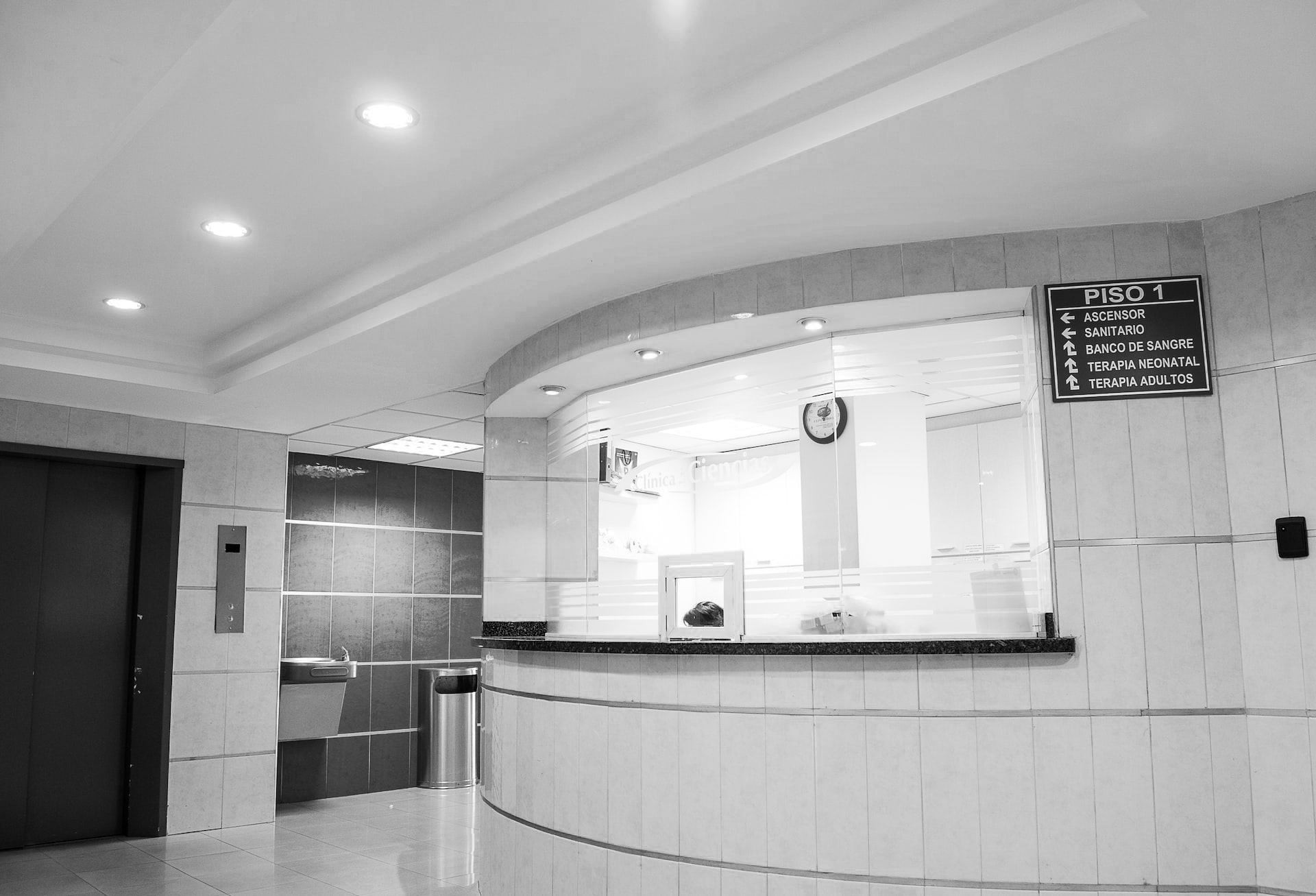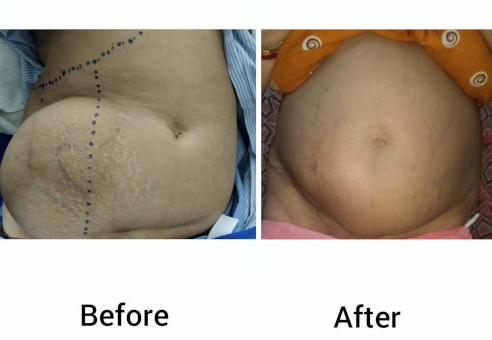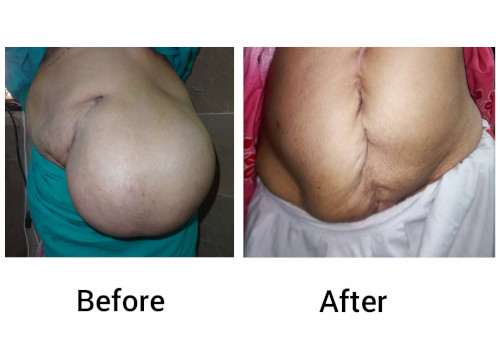How are hernias treated?
There are no magic pills for hernias! Surgery is the only way to treat a hernia.
In groin hernias, a space underneath the muscles is created to allow the placement of a large piece of synthetic mesh that stays permanently in place and prevents the hernia from recurring.
In ventral and incisional hernias, the defect is closed with stitches after the contents are safely placed back into the abdominal cavity. An appropriately large mesh is placed under or over the abdominal muscles. This protects the repair.
At present, laparo-endoscopic (keyhole) approaches have made recovery very quick, safe and pain-free, with a minimal hospital stay. To a large extent, laparoscopic surgery has helped reduce the fear involved with open surgery, e.g. long cuts, prolonged and severe pain, delayed recovery, and loss of work and wages. Using a mesh is the standard of care in most cases.



